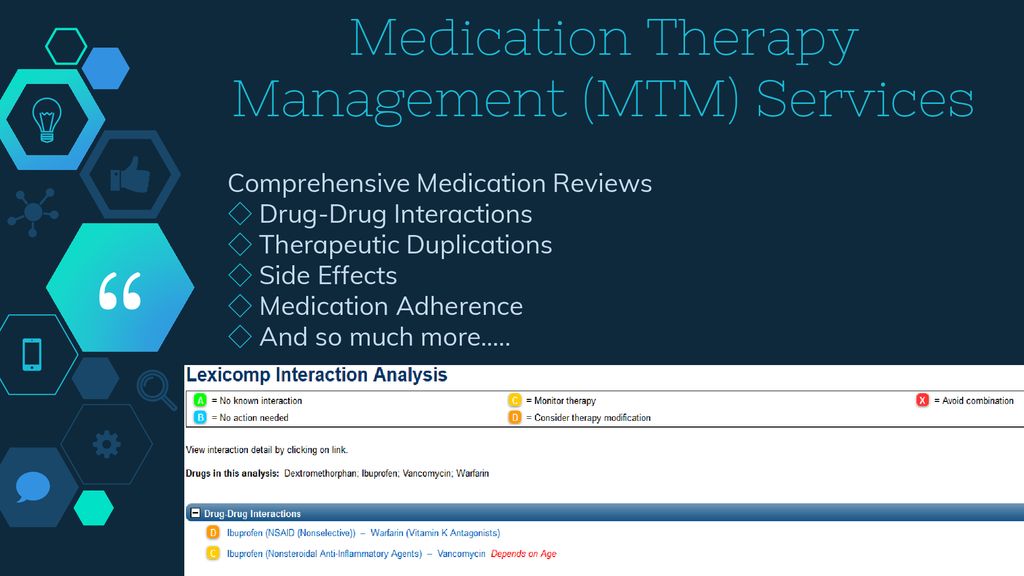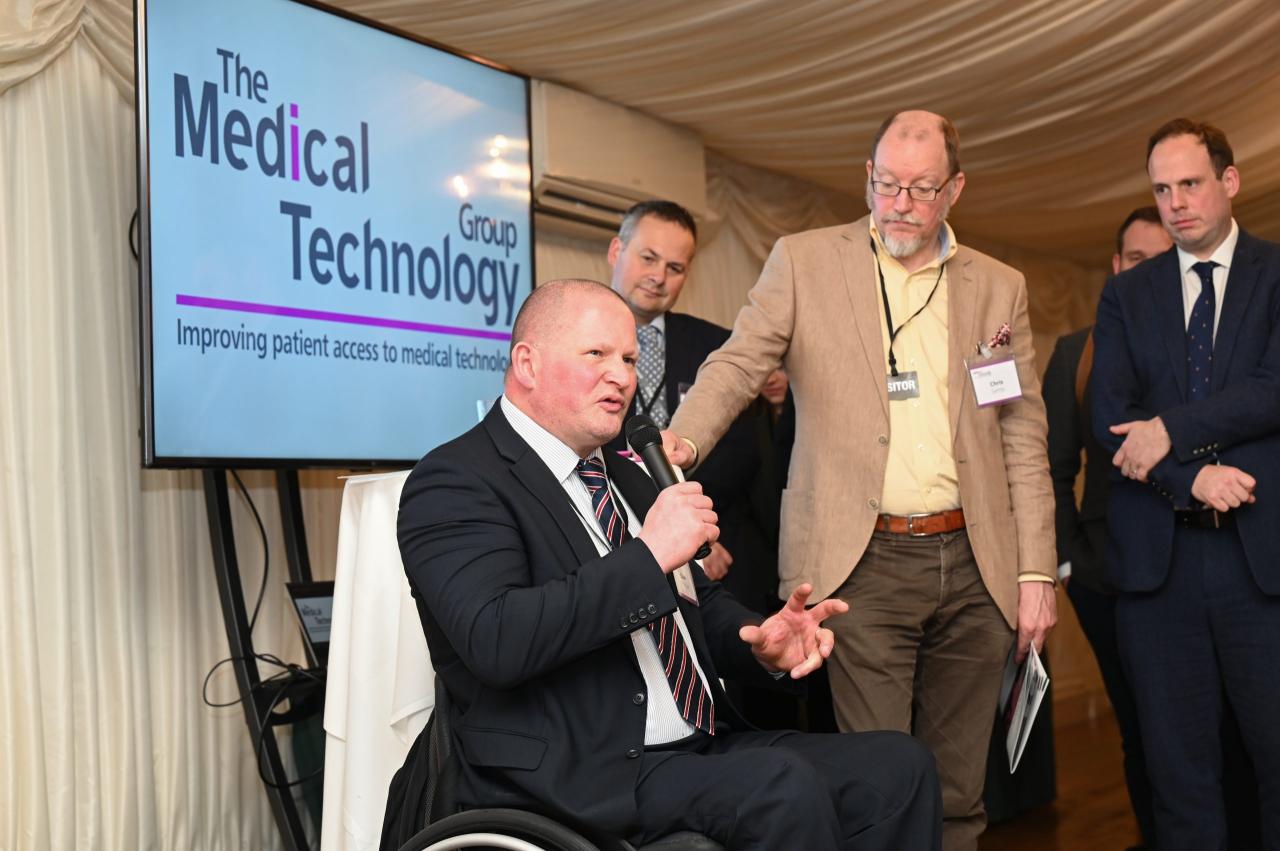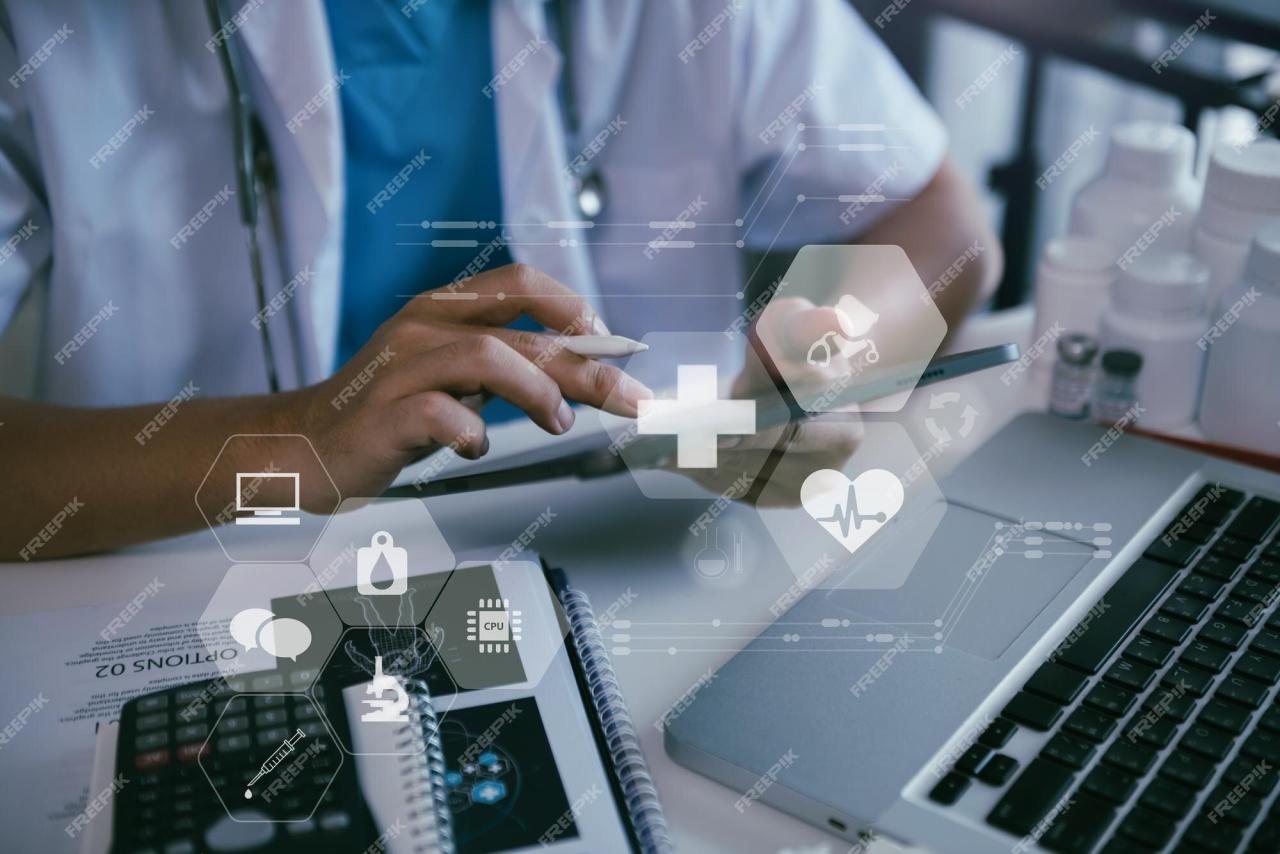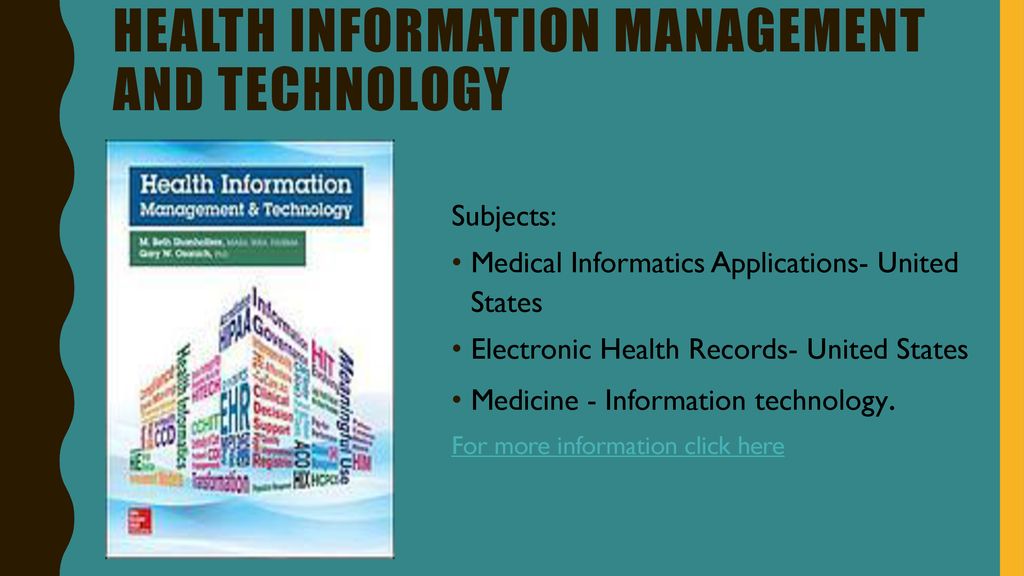Nursing Informatics and Technology: Information Management Systems
Nursing informatics and technology: information management systems sets the stage for this enthralling narrative, offering readers a glimpse into a story that is rich in detail and brimming with originality […]
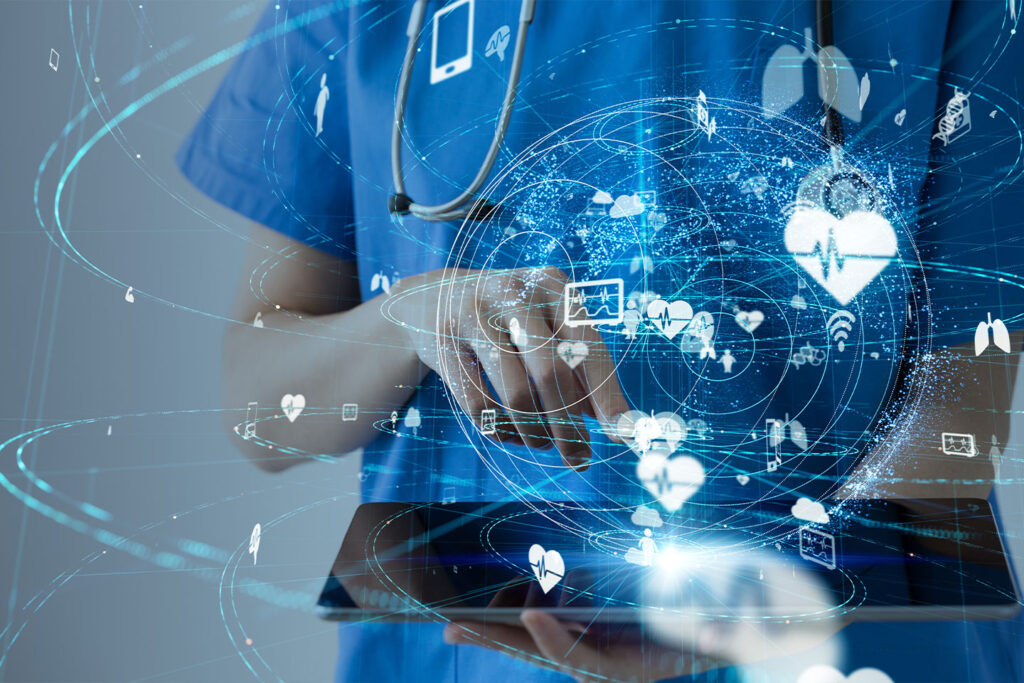
Nursing informatics and technology: information management systems sets the stage for this enthralling narrative, offering readers a glimpse into a story that is rich in detail and brimming with originality from the outset. This field has revolutionized modern healthcare, empowering nurses with powerful tools to manage patient data, enhance care delivery, and improve patient outcomes. From Electronic Health Records (EHRs) to clinical decision support systems, technology has become an indispensable part of the nursing profession.
This exploration delves into the fascinating world of nursing informatics, examining the evolution of information management systems, the critical role they play in data collection and analysis, and their impact on patient safety. We’ll also explore emerging trends, such as artificial intelligence and wearable technology, and discuss how these advancements will shape the future of healthcare.
Data Collection and Analysis in Nursing Informatics
Nursing informatics leverages technology to collect, analyze, and interpret data to improve patient care and nursing practice. It plays a crucial role in transforming raw data into actionable insights that enhance decision-making, optimize workflows, and ultimately, improve patient outcomes.
Data Collection Methods in Nursing Informatics
Data collection in nursing informatics involves gathering information from various sources, including electronic health records (EHRs), patient monitoring systems, wearable devices, and even social media platforms. These methods allow for a comprehensive understanding of patient health, providing valuable insights for nurses and healthcare professionals.
- Electronic Health Records (EHRs): EHRs serve as the central repository for patient information, capturing data on demographics, medical history, medications, vital signs, and laboratory results. They provide a structured and standardized format for data collection, facilitating efficient data retrieval and analysis.
- Patient Monitoring Systems: Continuous monitoring devices, such as heart rate monitors, blood pressure cuffs, and oxygen saturation sensors, generate real-time data that can be integrated into the EHR. This enables nurses to track patient vital signs and identify potential complications early on.
- Wearable Devices: Wearable devices, like smartwatches and fitness trackers, offer a new frontier in data collection, providing insights into patient activity levels, sleep patterns, and other health-related parameters. This data can be valuable for personalized care and disease management.
- Social Media Platforms: Social media platforms can be a source of patient-generated data, providing insights into their experiences, health concerns, and potential needs. This data can be analyzed to understand patient perspectives and tailor healthcare services accordingly.
Data Analysis Methods in Nursing Informatics
Once data is collected, various analytical methods are employed to extract meaningful insights and support decision-making. These methods include descriptive, predictive, and prescriptive analytics, each offering unique perspectives on the data.
- Descriptive Analytics: Descriptive analytics focuses on summarizing and visualizing data to understand past trends and patterns. It helps identify areas for improvement and develop targeted interventions.
- Predictive Analytics: Predictive analytics uses statistical models to forecast future outcomes based on historical data. It can help identify patients at risk for complications, predict readmission rates, and optimize resource allocation.
- Prescriptive Analytics: Prescriptive analytics goes beyond prediction and recommends specific actions to optimize outcomes. It uses advanced algorithms to identify the best course of action based on the available data and context.
Data Integrity and Security in Nursing Information Systems
Data integrity and security are paramount in nursing informatics, as patient information is highly sensitive and requires strict protection. Maintaining data integrity ensures that the information collected is accurate, complete, and consistent, while security measures safeguard against unauthorized access, modification, or disclosure.
- Data Validation and Verification: Implementing data validation and verification processes ensures that data entered into the system is accurate and consistent. This involves using data entry rules, automated checks, and manual reviews to identify and correct errors.
- Access Control and Authorization: Access control measures restrict access to patient data based on user roles and permissions. This ensures that only authorized individuals can view, modify, or delete sensitive information.
- Data Encryption and Secure Storage: Data encryption converts information into an unreadable format, protecting it from unauthorized access even if the data is intercepted. Secure storage mechanisms, such as firewalls and intrusion detection systems, safeguard data from external threats.
Examples of Data Analytics in Nursing Practice, Nursing informatics and technology: information management systems
Data analytics has revolutionized nursing practice, enabling evidence-based decision-making and improved patient care.
- Early Warning Systems (EWS): EWS use data from patient monitoring systems to identify patients at risk for deterioration. By analyzing vital signs, laboratory values, and other parameters, EWS can trigger alerts to nurses, enabling early intervention and preventing adverse events.
- Medication Reconciliation: Data analytics can help prevent medication errors by identifying discrepancies between prescribed medications and those actually administered. By analyzing patient medication histories and identifying potential drug interactions, nurses can ensure safe and effective medication management.
- Patient Fall Risk Assessment: Data analytics can be used to predict patient fall risk based on factors such as age, medical history, and mobility. This allows nurses to implement preventative measures and reduce the incidence of falls, improving patient safety.
Nursing Informatics and Patient Safety: Nursing Informatics And Technology: Information Management Systems
Nursing informatics plays a crucial role in enhancing patient safety by leveraging technology to improve communication, reduce errors, and empower patients in their care.
The Role of Nursing Informatics in Enhancing Patient Safety
Nursing informatics contributes to patient safety by enabling efficient data collection, analysis, and communication, leading to better clinical decision-making and reduced risks.
- Real-time monitoring: Electronic health records (EHRs) allow nurses to monitor patients’ vital signs and other parameters continuously, providing early detection of potential complications and timely interventions. For example, an EHR system can trigger alerts when a patient’s blood pressure falls below a predetermined threshold, prompting immediate action from the nursing staff.
- Medication safety: EHRs incorporate medication administration systems that prevent medication errors by verifying patient allergies, drug interactions, and dosages. These systems provide reminders for medication administration, reducing the risk of missed or incorrect doses.
- Improved communication: EHRs facilitate seamless communication among healthcare providers, including nurses, doctors, and pharmacists. This ensures everyone involved in a patient’s care has access to the most up-to-date information, reducing miscommunication and potential errors.
- Clinical decision support: EHRs can provide nurses with evidence-based guidelines and alerts based on patient data, assisting in making informed clinical decisions and promoting best practices. For example, an EHR system can suggest appropriate interventions for a patient with a specific diagnosis or alert nurses to potential complications based on patient history and current status.
Technology for Preventing Medical Errors and Improving Medication Safety
Technology plays a vital role in reducing medical errors and enhancing medication safety.
- Bar code medication administration: This system uses bar codes on medications and patient wristbands to verify the correct medication is being given to the right patient. This helps to prevent errors related to wrong medications or dosages.
- Smart pumps: These infusion pumps are programmed to deliver medications at specific rates and doses, reducing the risk of over-infusion or under-infusion. Smart pumps can also monitor for potential drug interactions and alert nurses if any are detected.
- Electronic medication reconciliation: EHRs can help streamline the process of medication reconciliation, ensuring a complete and accurate list of medications is maintained for each patient, reducing the risk of medication errors due to missing or conflicting information.
Information Systems Supporting Patient Education and Self-Management
EHRs and other information systems empower patients to take an active role in their health by providing access to their medical records, facilitating communication with healthcare providers, and offering educational resources.
- Patient portals: These secure online platforms allow patients to view their medical records, schedule appointments, request refills, and communicate with their healthcare providers. This empowers patients to actively participate in their care and manage their health effectively.
- Educational resources: EHRs and other information systems can provide patients with access to reliable health information and educational resources tailored to their specific conditions. This helps patients understand their diagnoses, treatment options, and self-management strategies.
- Remote monitoring: Technology enables patients to monitor their health remotely, such as using wearable devices to track vital signs or mobile apps to log symptoms. This data can be shared with healthcare providers, allowing for early detection of potential issues and proactive interventions.
The Future of Nursing Informatics and Technology
The field of nursing informatics is rapidly evolving, driven by technological advancements and a growing emphasis on data-driven healthcare. The integration of technology into nursing practice is transforming how nurses collect, analyze, and utilize information, leading to improved patient outcomes and enhanced efficiency in healthcare delivery. This section will explore the future of nursing informatics, examining emerging trends, challenges, and opportunities.
Emerging Trends in Nursing Informatics
The integration of artificial intelligence (AI) and wearable technology is revolutionizing nursing informatics. AI algorithms can analyze vast amounts of patient data, identifying patterns and predicting potential health risks, allowing nurses to intervene proactively and personalize care. Wearable devices provide continuous monitoring of vital signs and patient activity, enabling real-time insights into patient health and well-being.
- Artificial Intelligence (AI): AI-powered systems are being used to analyze patient data, predict health risks, and support clinical decision-making. For example, AI algorithms can identify patients at risk for sepsis, predict readmission rates, and optimize medication dosages.
- Wearable Technology: Wearable devices, such as smartwatches and fitness trackers, are becoming increasingly common in healthcare. These devices can monitor vital signs, track activity levels, and provide real-time data to nurses and other healthcare providers. For example, wearable sensors can detect falls in elderly patients, allowing for prompt intervention and preventing potential injuries.
- Internet of Medical Things (IoMT): The IoMT connects medical devices and sensors to the internet, enabling real-time data sharing and remote monitoring. This technology allows nurses to remotely monitor patients, manage medications, and receive alerts about potential health issues.
- Cloud Computing: Cloud computing provides scalable and secure storage for patient data, enabling access to information from anywhere at any time. This technology allows nurses to access patient records, collaborate with colleagues, and manage patient care more efficiently.
- Virtual Reality (VR) and Augmented Reality (AR): VR and AR technologies are being used to enhance nursing education and training. VR simulations provide realistic scenarios for nurses to practice their skills in a safe and controlled environment. AR can overlay digital information onto the real world, providing nurses with real-time guidance and support during patient care.
Last Word

As we conclude this journey into the realm of nursing informatics and technology, it becomes clear that the integration of information management systems is not merely a technological advancement, but a transformative force shaping the future of healthcare. The ability to collect, analyze, and utilize data empowers nurses to provide more personalized, efficient, and safe care. This evolution is not without its challenges, but the potential for positive change is undeniable. By embracing innovation and embracing the power of data, nurses are poised to continue improving patient outcomes and enhancing the quality of care for generations to come.
Nursing informatics and technology are essential in today’s healthcare landscape, especially with the implementation of information management systems. These systems streamline data collection, analysis, and communication, ultimately leading to improved patient care. A robust example of technology integration in healthcare is the mdx with technology package , which offers a comprehensive suite of tools designed to enhance operational efficiency and patient outcomes.
This kind of technology package aligns perfectly with the goals of nursing informatics and technology, promoting a more efficient and data-driven approach to healthcare.
